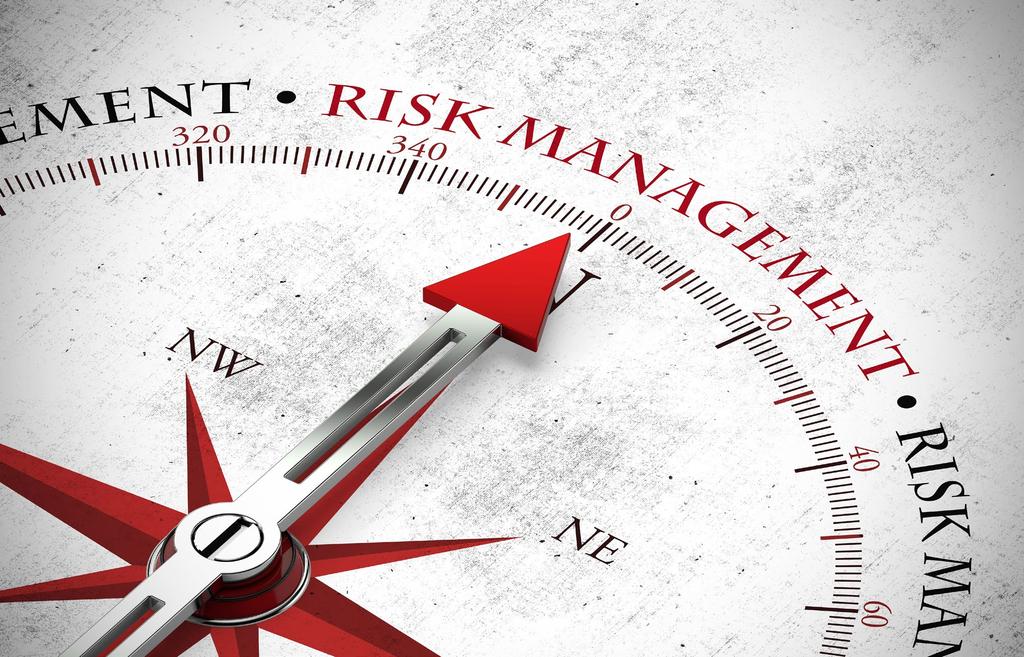A beginning is a very delicate time, especially in the world of small business. If it’s your first venture, then you’re particularly vulnerable to a whole range of different risks. Getting your risk-mitigation strategies in place is therefore critical.
What kinds of Risk do New Business Face?

Risk comes in several different forms, and it’s worth considering them all as distinct threats deserving of distinct responses.
Reputational risk might not be the first thing that you think of, but in the long term it can be extremely consequential. If a customer has a poor experience with your brand towards the start, then news of your failure might quickly proliferate over social media, preventing you from gaining the required traction. Having a strategy in place to address concerns quickly can help you to limit the damage.
Compliance risk concerns your ability to stay within the law. For some businesses, this is straightforward; for others, it’s more difficult. Particularly challenging areas of compliance risk include environmental damage and data breaches. Seeking legal advice to anticipate and mitigate these problems ahead of time can often prove well worth the investment in the long-term.
Perhaps the most obvious and crucial aspect of risk, however, is the economic risk you’ll be suffering. If a sudden and dramatic event causes widespread economic hardship, then your business will be affected. In the case of the coronavirus pandemic, the government intervened to prevent business from going under – with a modest amount of success.
But not all economic shocks are quite as dramatic as this. It might be that a minor ripple tips your business toward the edge, especially if you don’t have adequate liquidity to weather a few storms. Building up cash reserves, and having an adequate pile of capital to begin with, can be invaluable.
It is useful to think of risks as being either internal or external to your business. The external risks are beyond your control. If the Bank of England decides to change the base exchange rate, then you can only react to that decision. The internal risks are within your control. If your business grows too quickly, and becomes structurally fragile as a result, then this is a problem that might have been averted
Strategies for Risk Management

If your business is to deal with these risks, then it must have a comprehensive strategy for risk management.
To begin with, you should create a formal plan for risk management, wherein the most pressing and consequential threats are identified. These should be prioritised according to their likelihood and their impact on your operations. Seeking advice from knowledgeable organisations might help you to better identify these risks.
You might consider insurance as a means of guarding against risks. You can find specialised insurance products which have been tailored with business in mind. Sole proprietors might also consider limiting their liability by switching to an alternative structure.
Quality assurance is invaluable, especially for businesses whose reputation rests on consistency. It’s vital that defective products are identified before they have a chance to reach customers.
Finally, putting in place measures to limit credit offered to high-risk customers, who might resist paying. While you might get your money in the long-term, this phenomenon can hinder your cash flow, and make your business difficult to run.






























